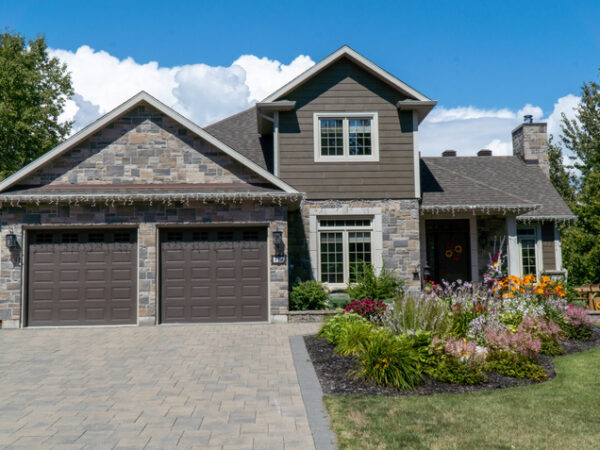They say that “birds of a feather flock together” and as the number of senior citizens grows, more Naturally Occurring Retirement Communities (NORCs) are cropping up where older adults can access services and transportation easily, making these neighborhoods and communities age-friendly.
A NORC is considered a community with a large number of older residents who have gathered organically rather than one that was built with the express purpose of housing seniors. Factors that may encourage the growth of a NORC may include easy access to services and activities, walkability, public transportation, safety, and a high level of social interaction between residents.
According to AARP, by 2050 nearly 88.5 million Americans will be 65 and older, more than double the 40.2 million seniors recorded in the 2010 census. To meet the needs of this rapidly growing segment of the population, seniors aging in place can be better supported by community leaders and planners with greater access to “livability features” such as proximity to parks, libraries, and grocery stores.
The Joint Center for Housing Studies at Harvard University notes that neighborhoods with higher numbers of seniors could also provide opportunities and economies of scale to providers of services such as transportation, home maintenance, meal delivery, or wellness centers.
A Naturally Occurring Retirement Community, whether it’s a neighborhood of single or multi-family homes or a multi-age apartment building or condominium, is typically less expressive than assisted living facilities. Costs may be kept lower by filling some of the staff positions with resident volunteers.
For people who want to age in place, Naturally Occurring Retirement Communities may be a good balance between independence and having the services and care they need delivered at home. However, a NORC may not be the best choice for seniors who require complex health care services. Because not all NORCs are well managed, just as with retirement homes, there can be a vast difference in how seniors are cared for in these communities. Some are vibrant and happy while others may be less appealing – always talk with several residents and do your homework before making a decision to move.
Read more about NORCs in this article published in the American Journal of Public Health.






Add Your Voice
0 Comments
Join the Discussion